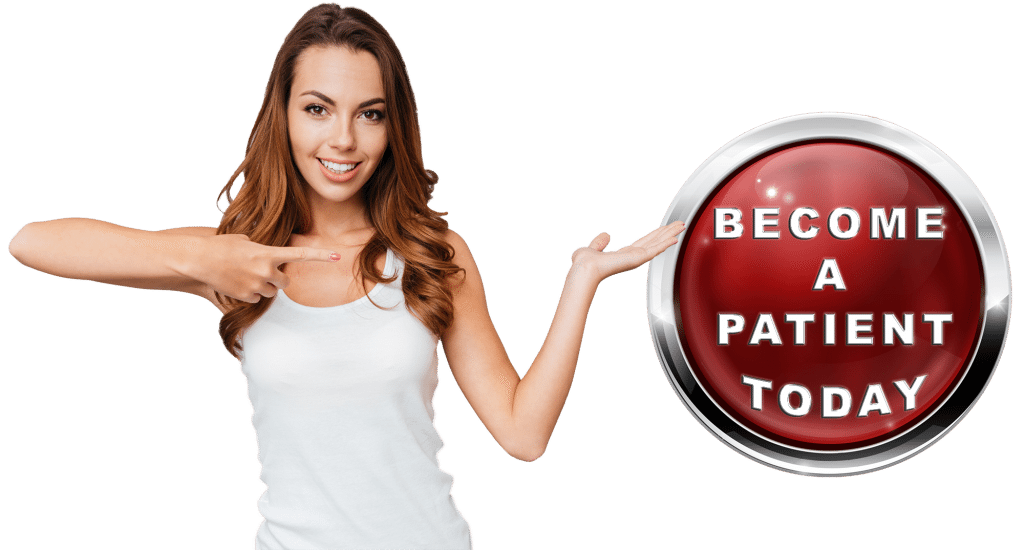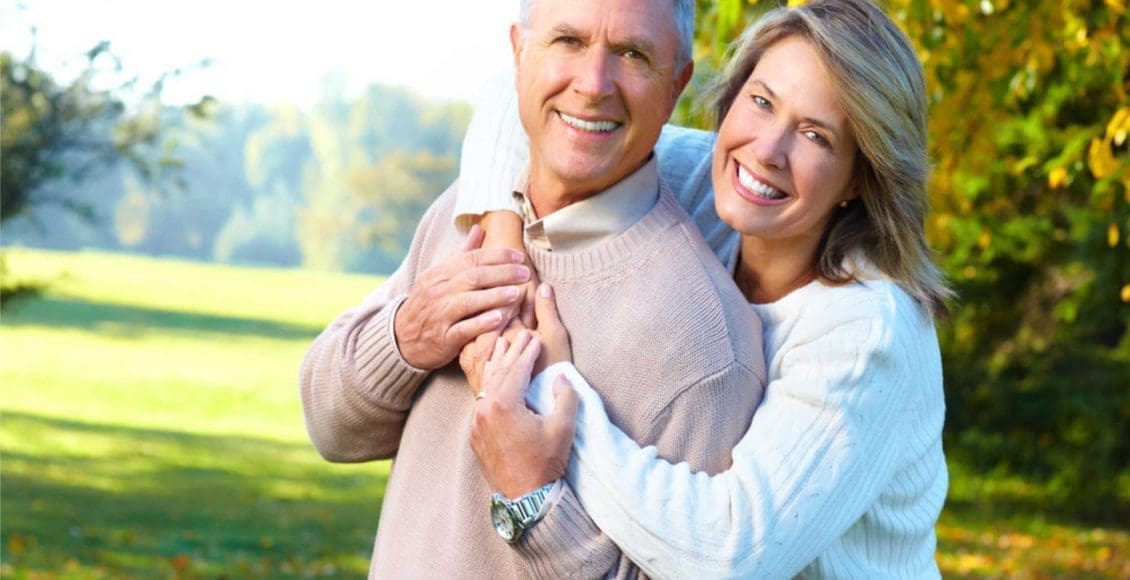Back pain is one of the most common complaints reported by a majority of the population. Although the symptom generally occurs temporarily and it typically resolves on its own, some cases of back pain can become chronic or persistent.
A variety of factors, including trauma or injury from an accident and/or an aggravated condition, can manifest symptoms of back pain, however, the natural degeneration of the structures of the body are described to be the most prevalent cause for back complications resulting in pain and discomfort. Degenerative scoliosis is an infrequent cause for back pain in adults.
Scoliosis most frequently develops in children and adolescents. When it is diagnosed in adulthood, it is known as adult degenerative scoliosis. Other spinal degenerative disorders associated with adult scoliosis include: spinal stenosis; spondylolisthesis; degenerative disc disease; osteoporosis; and compression fractions in the vertebrae.
Adult degenerative scoliosis is characterized as the abnormal, side-to-side curvature of the spine due to the degeneration of the facet joints, which provide flexibility to the spine, allowing it to bend and twist easily. The distinctive scoliosis curve which forms into a “C†shape along the spine, most commonly develops in the lumbar spine. Individuals with scoliosis describe noticing a change in their posture. With the disorder, instead of carrying weight vertically, the upper body begins to lean to one side. Also, an adult with degenerative scoliosis may notice that one shoulder is positioned higher than the other in a mirror.

Table of Contents
Causes & Symptoms of Adult Degenerative Scoliosis
Over the natural wear-and-tear changes that begin to occur in the body as we age, the bones and other connective tissues surrounding each structure of the body begin to gradually degenerate, weakening and breaking down. When this occurs in the spine, the alignment of the vertebral bones may become altered, taking on an abnormal curve: scoliosis. Adult degenerative scoliosis most commonly develops among people over 65 years of age.
As the degeneration progresses, the changes in the spine caused by the scoliosis may interfere with the individual’s balance, altering the person’s gait, or manner of walking. Because of this, adult scoliosis causes considerable back pain. Other symptoms of the disorder include: spinal rigidity; stiffness; loss of sensation in the extremities; fatigued muscles; sciatica; and even respiratory and cardiac complications in severe cases.
The Different Forms of Scoliosis
Adolescent scoliosis, also known as idiopathic scoliosis, is the most common type of scoliosis. The differences between the two are often misunderstood by the general population. Idiopathic scoliosis develops in children and adolescents between 10 and 18 years of age. This form of the disorder is still unknown to experts as to why it occurs in the first place. In severe cases of adolescent scoliosis, the lateral shift of the spine can change immediately with the child’s growth, which may often require the use of a brace as well as other treatment methods to slow down or stop the abnormal curvature of the spine, caused by scoliosis.
Different from adolescent or idiopathic scoliosis, there is a known cause for adult or degenerative scoliosis. Adult degenerative scoliosis is caused by the gradual deterioration of the facet joints found in the back due to aging, the same type of process which can lead to osteoarthritis in the spine. The pressure that builds up from the degenerating facet joints has been previously identified as the leading cause for the abnormal lateral shift, or curving to one side, of the spine. The scoliosis itself is rarely the cause for back pain. The true cause for the symptoms is the result of the inflammation of the degenerating facet joints, which can usually progress slowly at about 1 to 2 degrees per year. As a result, treatment for scoliosis is not focused on slowing down the progress of the scoliosis curvature, but instead, it is focused on relieving the back pain and other symptoms associated with the disorder.
Treating Scoliosis Pain with Chiropractic
Depending on the severity and location of the degeneration leading to scoliosis, there are a variety of treatments available to help alleviate the symptoms of the disorder, including both nonsurgical and surgical options. The goals of non-surgical treatments are to reduce pain as well as increase the strength, flexibility and range of motion of the spine to help reduce future symptoms and help correct the curvature of the spine. The majority of individuals with adult scoliosis can find relief without the need for surgery.
Chiropractic care focuses on the diagnosis, treatment and prevention of injuries and conditions related to the musculoskeletal and nervous system. Chiropractic utilizes safe and effective spinal adjustments and manual manipulations, which are performed by a qualified and experienced chiropractic professional to help improve and maintain the natural mobility of the facet joints while reducing the irritation and inflammation on the surrounding structures of the spine. Through the use of chiropractic treatment, a chiropractor will gradually realign the spine, decreasing the symptoms of back pain, reducing the lateral curvature of scoliosis and restoring the original health and wellness of the spine. In addition, a chiropractor may recommend a series of stretches as well as strengthening exercises to keep the soft tissues and joints flexible and speed up the rehabilitation process.
Scoliosis Pain and Chiropractic
.video-containerposition: relative; padding-bottom: 63%; padding-top: 35px; height: 0; overflow: hidden;.video-container iframeposition: absolute; top:0; left: 0; width: 100%; height: 100%; border: none; max-width:100%!important;
Because every individual’s condition is unique, the same forms of treatment may not always benefit everyone. Visiting a variety of healthcare professionals can help patients determine the best treatment option that fits their specific needs for recovery. Other treatment plans may include the temporal use of medication for pain management, physical therapy and the use of back braces. More severe cases of adult scoliosis may require surgical intervention to help relieve the individual’s symptoms and restore their sense of well-being.
For more information, please feel free to ask Dr. Jimenez or contact us at 915-850-0900 . 
By Dr. Alex Jimenez
Additional Topics: Low Back Pain After Auto Injury
After being involved in an automobile accident, the sheer force of the impact can cause damage or injury to the body, primarily to the structures surrounding the spine. An auto collision can ultimately affect the bones, muscles, tendons, ligaments and other tissues surrounding the spine, commonly the lumbar region of the spine, causing symptoms such as low back pain. Sciatica is a common set of symptoms after an automobile accident, which may require immediate medical attention to determine its source and follow through with treatment.
.video-containerposition: relative; padding-bottom: 63%; padding-top: 35px; height: 0; overflow: hidden;.video-container iframeposition: absolute; top:0; left: 0; width: 100%; height: 100%; border: none; max-width:100%!important;
TRENDING TOPIC: EXTRA EXTRA: New PUSH 24/7Â®ï¸ Fitness Center
Post Disclaimer
Professional Scope of Practice *
The information herein on "Back Pain Caused by Adult Degenerative Scoliosis" is not intended to replace a one-on-one relationship with a qualified health care professional or licensed physician and is not medical advice. We encourage you to make healthcare decisions based on your research and partnership with a qualified healthcare professional.
Blog Information & Scope Discussions
Welcome to El Paso's Premier Wellness, Personal Injury Care Clinic & Wellness Blog, where Dr. Alex Jimenez, DC, FNP-C, a Multi-State board-certified Family Practice Nurse Practitioner (FNP-BC) and Chiropractor (DC), presents insights on how our multidisciplinary team is dedicated to holistic healing and personalized care. Our practice aligns with evidence-based treatment protocols inspired by integrative medicine principles, similar to those found on this site and our family practice-based chiromed.com site, focusing on restoring health naturally for patients of all ages.
Our areas of multidisciplinary practice include Wellness & Nutrition, Chronic Pain, Personal Injury, Auto Accident Care, Work Injuries, Back Injury, Low Back Pain, Neck Pain, Migraine Headaches, Sports Injuries, Severe Sciatica, Scoliosis, Complex Herniated Discs, Fibromyalgia, Chronic Pain, Complex Injuries, Stress Management, Functional Medicine Treatments, and in-scope care protocols.
Our information scope is multidisciplinary, focusing on musculoskeletal and physical medicine, wellness, contributing etiological viscerosomatic disturbances within clinical presentations, associated somato-visceral reflex clinical dynamics, subluxation complexes, sensitive health issues, and functional medicine articles, topics, and discussions.
We provide and present clinical collaboration with specialists from various disciplines. Each specialist is governed by their professional scope of practice and their jurisdiction of licensure. We use functional health & wellness protocols to treat and support care for musculoskeletal injuries or disorders.
Our videos, posts, topics, and insights address clinical matters and issues that are directly or indirectly related to our clinical scope of practice.
Our office has made a reasonable effort to provide supportive citations and has identified relevant research studies that support our posts. We provide copies of supporting research studies upon request to regulatory boards and the public.
We understand that we cover matters that require an additional explanation of how they may assist in a particular care plan or treatment protocol; therefore, to discuss the subject matter above further, please feel free to ask Dr. Alex Jimenez, DC, APRN, FNP-BC, or contact us at 915-850-0900.
We are here to help you and your family.
Blessings
Dr. Alex Jimenez DC, MSACP, APRN, FNP-BC*, CCST, IFMCP, CFMP, ATN
email: coach@elpasofunctionalmedicine.com
Multidisciplinary Licensing & Board Certifications:
Licensed as a Doctor of Chiropractic (DC) in Texas & New Mexico*
Texas DC License #: TX5807, Verified: TX5807
New Mexico DC License #: NM-DC2182, Verified: NM-DC2182
Multi-State Advanced Practice Registered Nurse (APRN*) in Texas & Multi-States
Multistate Compact APRN License by Endorsement (42 States)
Texas APRN License #: 1191402, Verified: 1191402 *
Florida APRN License #: 11043890, Verified: APRN11043890 *
License Verification Link: Nursys License Verifier
* Prescriptive Authority Authorized
ANCC FNP-BC: Board Certified Nurse Practitioner*
Compact Status: Multi-State License: Authorized to Practice in 40 States*
Graduate with Honors: ICHS: MSN-FNP (Family Nurse Practitioner Program)
Degree Granted. Master's in Family Practice MSN Diploma (Cum Laude)
Dr. Alex Jimenez, DC, APRN, FNP-BC*, CFMP, IFMCP, ATN, CCST
My Digital Business Card
RN: Registered Nurse
APRNP: Advanced Practice Registered Nurse
FNP: Family Practice Specialization
DC: Doctor of Chiropractic
CFMP: Certified Functional Medicine Provider
MSN-FNP: Master of Science in Family Practice Medicine
MSACP: Master of Science in Advanced Clinical Practice
IFMCP: Institute of Functional Medicine
CCST: Certified Chiropractic Spinal Trauma
ATN: Advanced Translational Neutrogenomics






 Again, We Welcome You.
Again, We Welcome You.
Comments are closed.